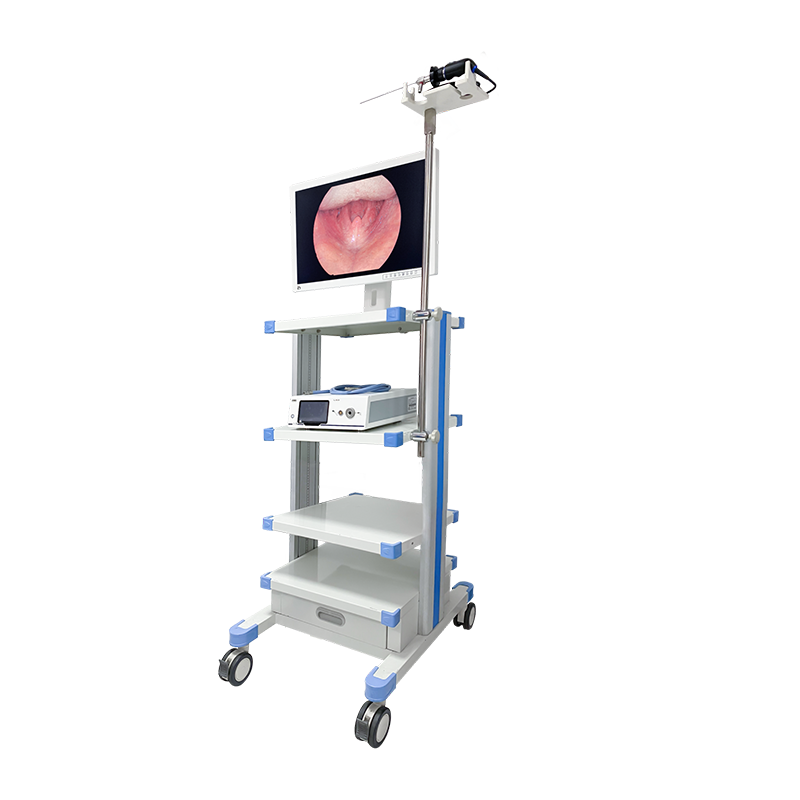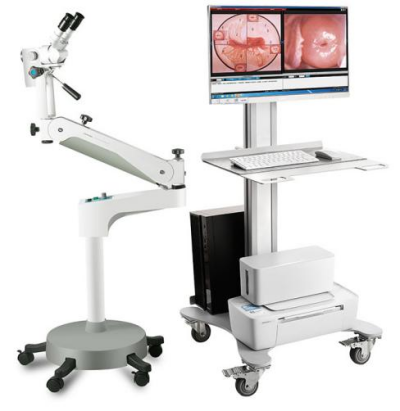The difference between colposcopy and hysteroscopy is mainly manifested in two aspects: the diagnosed disease and the different auxiliary functions. Colposcopy and hysteroscopy are commonly used examinations in gynecology, playing an important role in the diagnosis, treatment, and prognosis recovery of gynecological diseases.
Diagnosis of diseases is different: Colposcopy is mainly used to diagnose lesions of the external genitalia, vagina, and cervix. Colposcopy has a magnifying effect, which can clearly observe lesions that are not visible to the naked eye, relatively mild, or have relatively small lesions. Moreover, taking cervical biopsy under colposcopy can provide more accurate positioning and significantly improve the detection rate of lesions; Hysteroscopy, on the other hand, is inserting a hysteroscope through the vagina and cervix into the uterine cavity. Its main purpose is to diagnose lesions within the uterine cavity and cervical canal, allowing for a clear view of the entire uterine cavity and the presence of foreign objects, tumors, and other conditions within the cavity, such as submucosal fibroids, polyps, and pathological changes in the endometrium. These findings can be clearly observed under hysteroscopy.
Different auxiliary functions: Colposcopy can be used for reexamination of cervical diseases after treatment, which can clearly observe the state of cervical healing. At the same time, it can be used for follow-up treatment in the diagnosis and treatment of cervical lesions and cervical cancer. Hysteroscopy can be used for many auxiliary treatments, such as polyp removal surgery, submucosal myomectomy, removal of residual intrauterine rings, and pathological examination of the endometrium under hysteroscopy. In addition, hysteroscopy can also correct deformities, with common procedures such as uterine septum incision surgery. Hysteroscopy is widely used in clinical practice. Generally, if there is suspicion of lesions in the uterus or ultrasound indicates abnormal conditions in the endometrium, hysteroscopy can be performed to understand the intrauterine condition before treatment.

Due to the fact that both colposcopy and hysteroscopy enter through the vagina, it is recommended that women undergo examination after their menstrual period ends and the menstrual blood is clean. For women with irregular menstruation, it is also advisable to avoid the bleeding period as much as possible. For women with excessively narrow cervical canals, hysteroscopy is not recommended to avoid damaging the cervical canal.
Post time: Apr-29-2024


